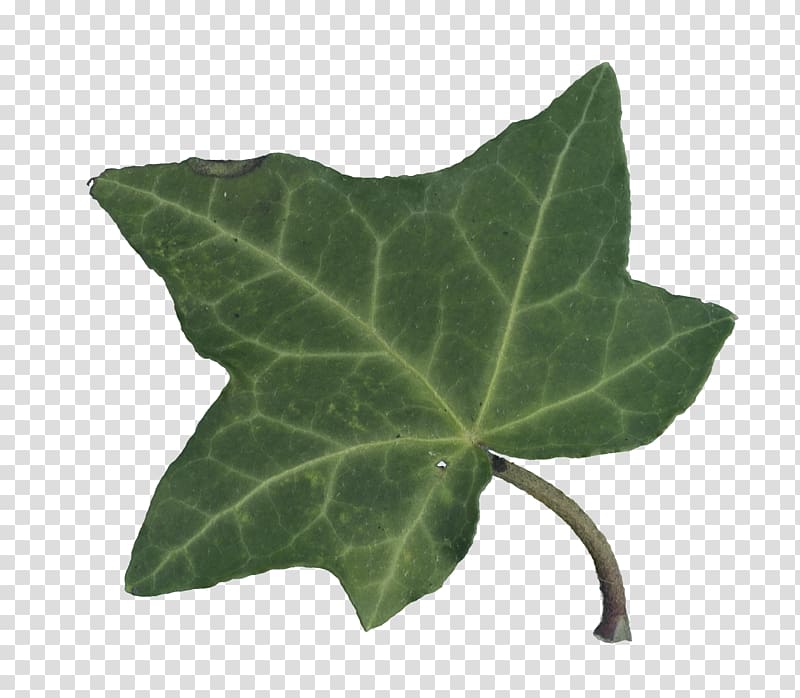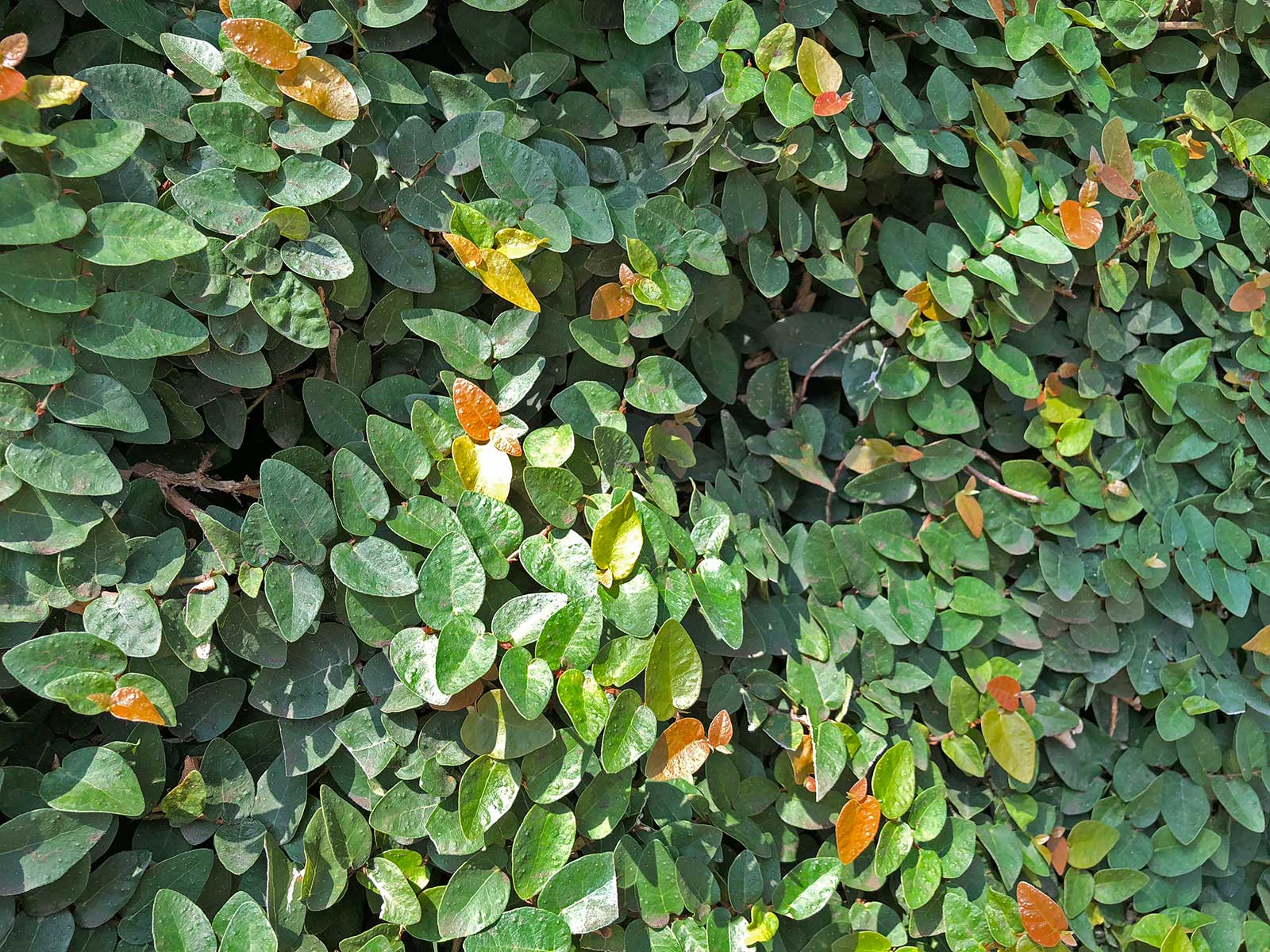

It’s these schools, after all, that are famous for their jocks, stoners, Bluto Blutarskys, gut-course-hunters, term-paper-downloaders, and majors in such intellectually challenging fields as communications, marketing, and sports management. Still, there are no grounds for the sweeping pronouncements about the virtues of non-Ivy students (“more interesting, more curious, more open, and far less entitled and competitive”) that Deresiewicz prestidigitates out of thin air. And in many fields the best programs are at lesser-known universities, which can nimbly expand into new intellectual frontiers while their Ivy League counterparts, stultified by tradition and cushioned by reputation, become backwaters.

The PhD glut has sent brilliant scientists and humanists into every outpost of the academic archipelago.

Liberal-arts colleges in the boondocks, with their paucity of non-academic diversions, can nurture a student culture that is more engaged with ideas and books. The honors program of a 50,000-student campus is likely to have an aggregation of talent that rivals that of the Ivies. It’s true that many off-brand institutions in the matchless American university system are bargains. Perhaps we should be impressed that fewer students today are victims of the Lake Wobegon fallacy! More to the point, the data don’t show that Ivy League students are worse off than their non-Ivy peers, and if anything they point in the opposite direction: the students at private universities are more sanguine about their emotional health than those at the public universities and four-year colleges that Deresiewicz romanticizes. The only mitigation that Deresiewicz allows his young defendants is that they suffer from “toxic levels of fear, anxiety, and depression, of emptiness and aimlessness and isolation.” But the survey he alludes to simply found that about half of today’s college students rate themselves “above average” in emotional health, compared to more than 60 percent in 1985. He waxes sarcastic that they try to get an A in every class (would he advise them to turn in shoddy work in his course, or in some other professor’s?) that they don’t read every page of every book they pick up, or of every book whose review they have read (confession: neither do I) that they seek affluence, success, and prestigious careers (better they should smoke weed and play video games on their parents’ couches?) that they “superficially” spend no more than “A whole day!” with renegade artists (and if they spent two days with them?). The charges on which Deresiewicz indicts students are trumped-up. Nor does Deresiewicz present any reason to believe that the 18-year-olds of today’s Ivies are more callow or unsure of their lives than the 18-year-olds of yesterday’s Ivies, the non-Ivies, or the country at large. Like countless graybeards before him, Deresiewicz complains that the kids today are just no good: they are stunted, meek, empty, incurious zombies faithful drudges excellent sheep and, in a flourish he uses twice, “out-of-touch, entitled little shits.” I have spent my career interacting with these students, and do not recognize the targets of this purple invective. We can begin with his defamation of the students of elite universities.


 0 kommentar(er)
0 kommentar(er)
